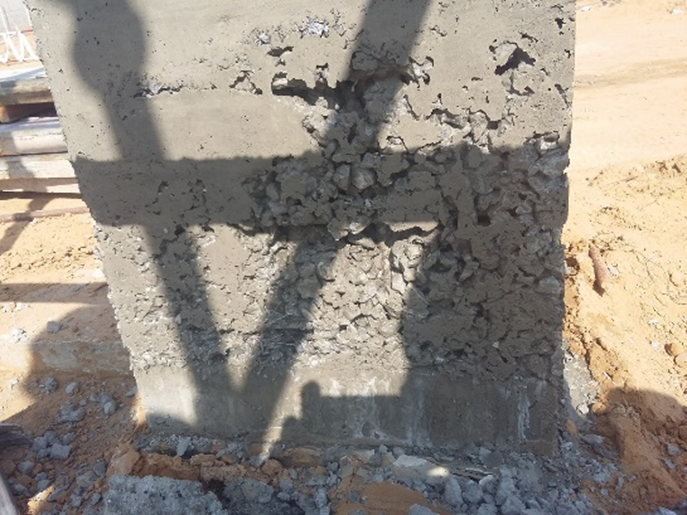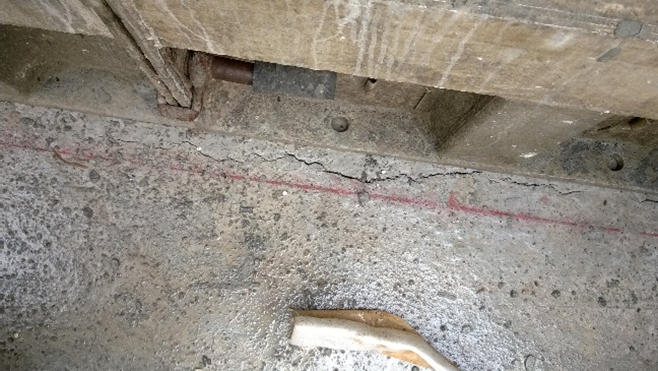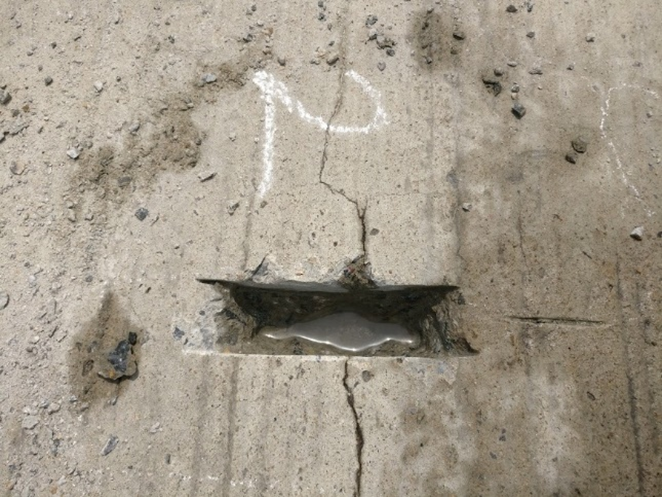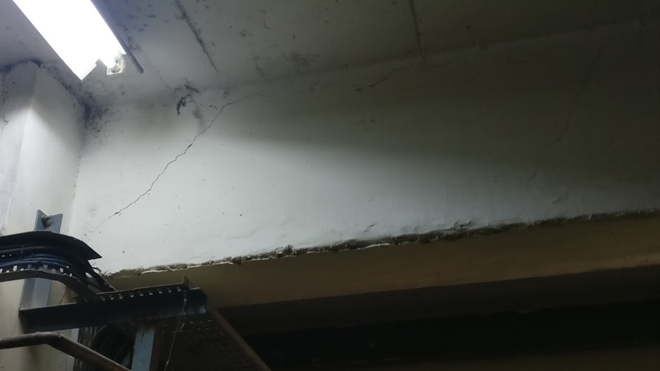GEM Engserv Pvt. Ltd is an ISO 9001:2015 certified organization, certified by TUV India in accreditation with National Accreditation Board for Certification Bodies (NABCB).
GEM Engserv Pvt. Ltd is an ISO 9001:2015 certified organization, certified by TUV India in accreditation with National Accreditation Board for Certification Bodies (NABCB).
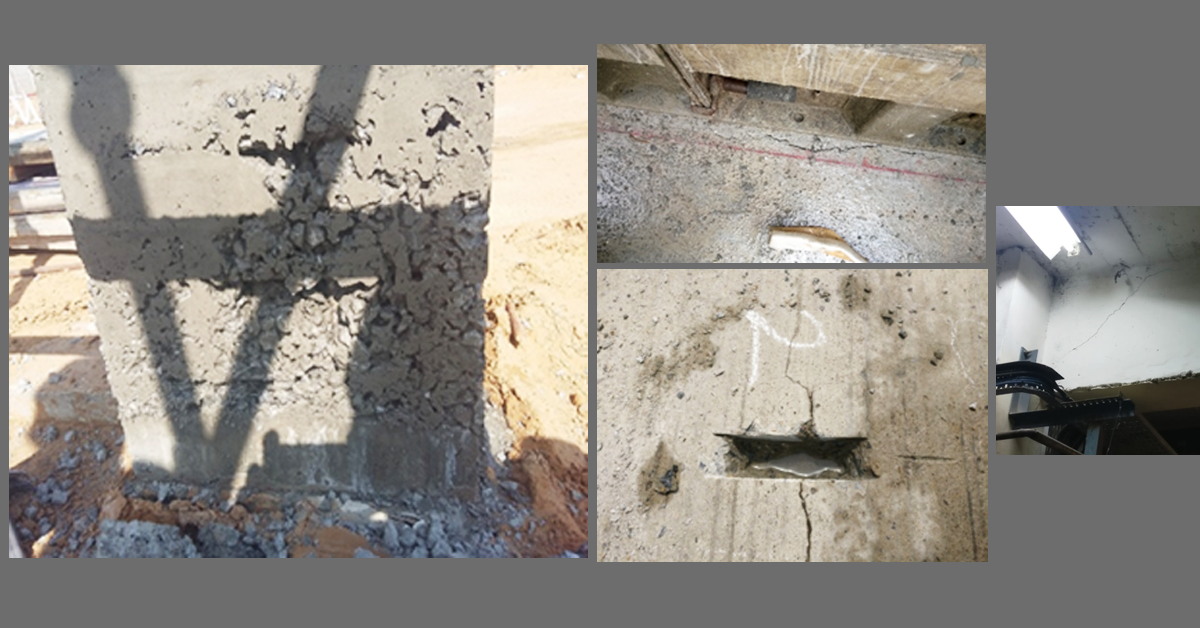
Gone are the days when developers and contractors used to take concrete defects as something that needs to just be patched up or repaired. RERA has legislated that the defect liability period for any construction project will now be for a duration of 5 years from the date of handing over of the flat to the home buyer. Considering the fact that a typical mid or high rise building takes anything from 2 to 4 years to handover after the first pour of concrete, the defect liability of the concrete can actually be anything from 6 years to 9 years. That is sufficient time for even some hidden defects to surface! All serious and professional entities that are in the business for the long-term have taken note of this far reaching provision of RERA and are gearing up to mitigate future costs, claims and damages.
The root cause of defects in concrete, or for that matter in any construction activity can be traced to any one of the following:
In the case of a defect noticed during the defect liability period, we can add ‘improper use or lack of maintenance’ as another possible cause. In order to eliminate defects, all these aspects need to be implemented flawlessly.
From the point of view of repairing/managing the defects, the time of occurrence of a defect assumes great importance. When viewed from this perspective, defects can be grouped under the following different heads:
Examples of the first four category of defects are shown below. For obvious reasons, hidden defects can not be depicted through photographs!
While many contractors and developers worry more about the first two type of defects, they should pay even more attention to the other three. These defects are like ticking time bombs, waiting to surface and explode (not in physical sense but psychological sense) at any time. The later a defect surfaces, the more costly and difficult it is to rectify.
Unfortunately, design engineers do not always factor in the long term effect on integrity of concrete. Many defects can be traced to the lack of constructability of the designs. On the other hand, engineers in the field are so hard pressed for time that they are satisfied with only correcting the defect and there is hardly any effort to do a root cause analysis to prevent recurrence of the defect.
In this context, the famous law called De Sitter’s law of fives is worth reiterating. While De sitters proposed it for health monitoring and maintenance of structure, here is its adaptation to the construction process as under:
1 Rupee spent to preventing defects……..
will
save 5 during QC inspection; 25 during handing over & 125 during the defect liability period!!!
